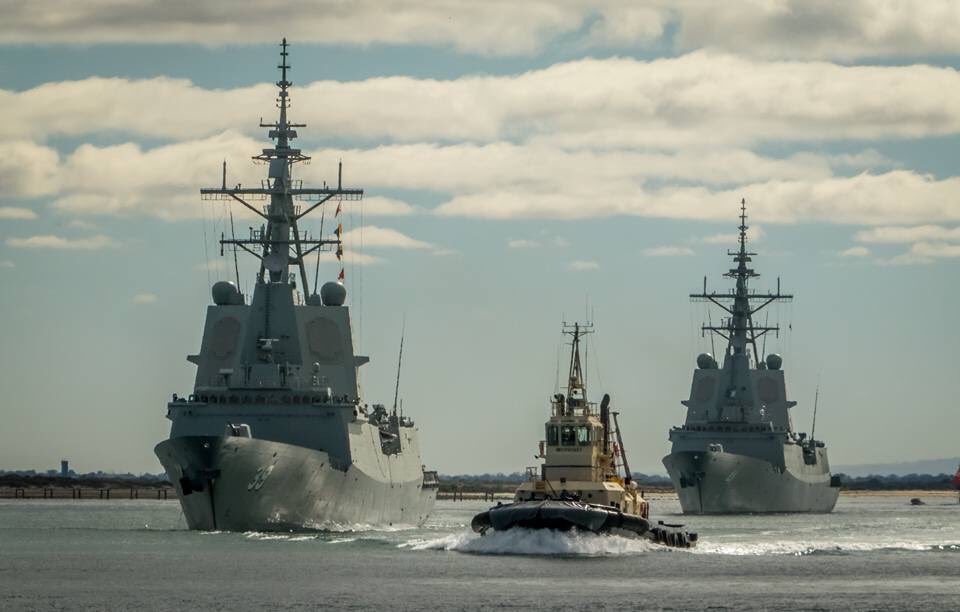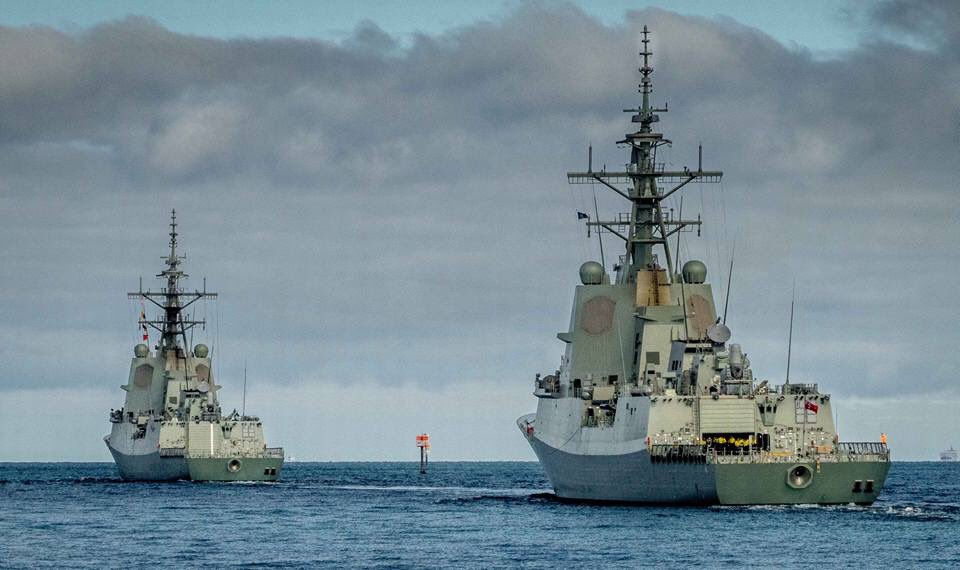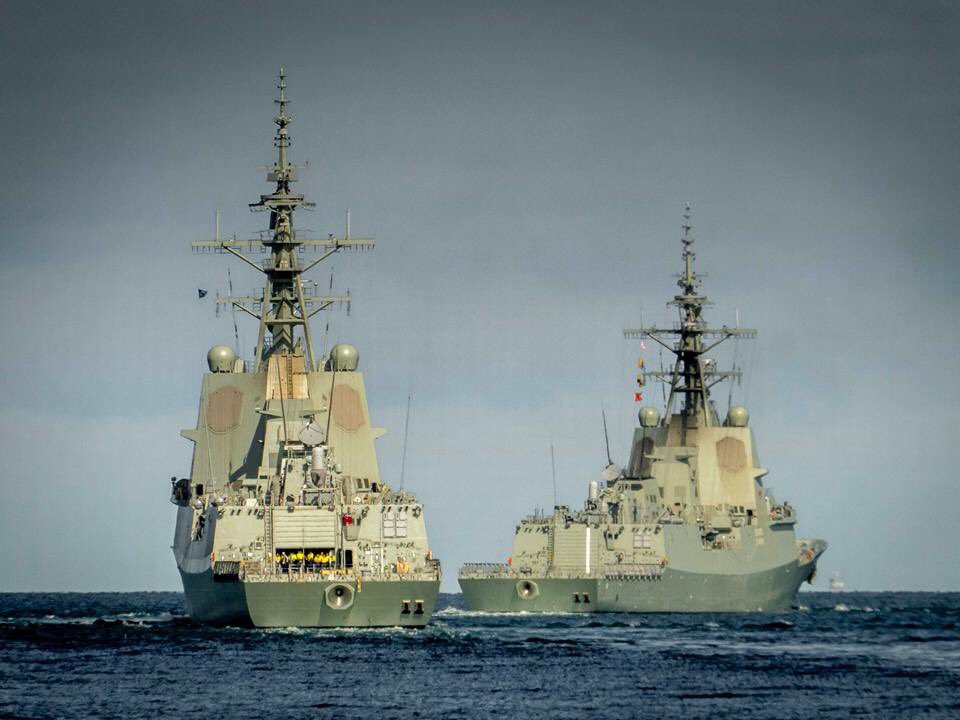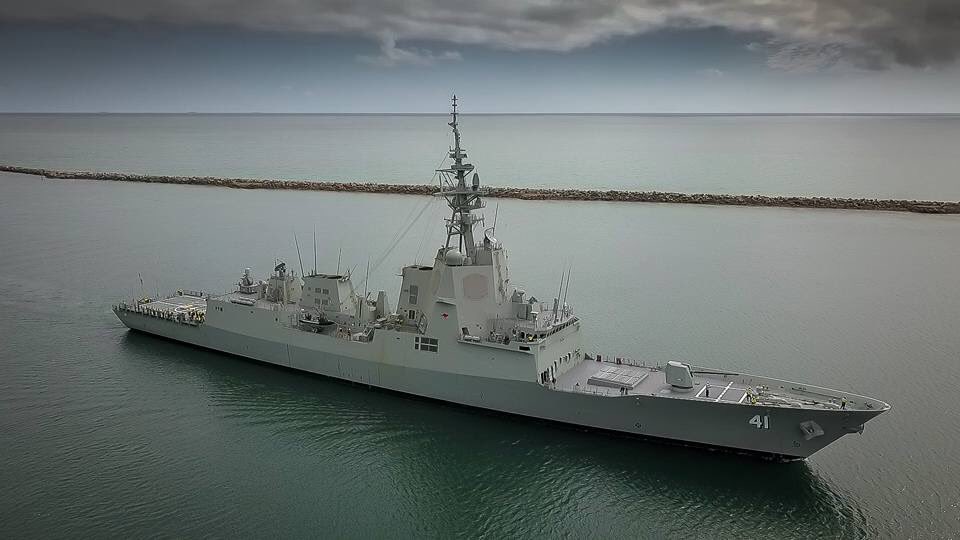Jura The idiot
General
some time ago
Apr 19, 2016
Apr 19, 2016
now Italian firm strikes electronic warfare deal in Australia ahead of frigate picksounds like French are out (despite
Mar 20, 2016
)
so I change my recommendation to: take the Italian
BAE, Fincantieri and Navantia ships on Australian shortlist
source:
Italy’s Elettronica will team with Australian companies to supply electronic warfare systems Italy’s FREMM frigates, the company said Tuesday.
Officials from Thales Australia and Daronmont Technologies visited the Italian firm to sign a cooperation deal, which would see them teaming on Elettronica’s Minerva package of EW and communications capabilities, the firm said.
Italian shipyard Fincantieri is currently competing with BAE Systems and Spain’s Navantia to supply nine frigates for the Australian Navy, with a decision expected this year.
The Elettronica deal would take effect if Australia selects Fincantieri’s FREMM, which it co-designed with France’s Naval Group and has been acquired by Italy, France, Morocco and Egypt.
The type has also been shortlisted as a candidate for the U.S. Navy’s FFG(X) program.
Australia’s Daronmont Technologies specializes in high-speed digital processing and software engineering.
Elettronica has historically been Italy’s main supplier of EW systems on aerial and naval platforms.
The team of Australian officials also visited offices of Italy’s Leonardo, which is heavily involved in providing radar, cannons and combat management systems for Italy’s FREMM frigates.





